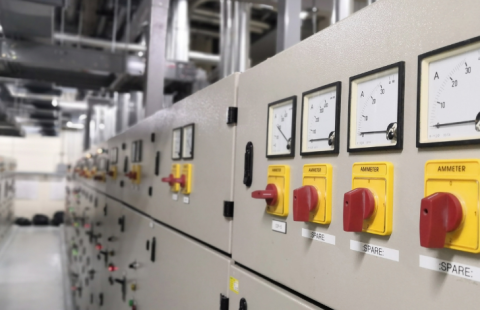Blog
- Home
- Warehouse Rack
- Creating a Safe and Ergonomic Work Environment with Warehouse Racks

Creating a Safe and Ergonomic Work Environment with Warehouse Racks
Introduction
Warehouses are bustling hubs of activity, with goods coming in and going out at a relentless pace. Amidst this whirlwind, ensuring a safe and ergonomic work environment for your staff is paramount. Warehouse racks play a pivotal role in achieving this goal. In this blog post, we’ll explore how to create a safe and ergonomic work environment with warehouse racks, focusing on key considerations and best practices.
The Importance of Safety and Ergonomics
Safety and ergonomics are not just buzzwords; they’re essential aspects of any warehouse operation. Here’s why they matter:
Reduced Injuries: An ergonomic workspace minimizes the risk of workplace injuries, ensuring the well-being of your employees.
Enhanced Efficiency: A safe and comfortable work environment boosts employee morale and productivity.
Cost Savings: Fewer accidents mean lower insurance costs and reduced downtime.
Key Considerations for Safety and Ergonomics
Now, let’s dive into the essential factors for creating a safe and ergonomic work environment with warehouse racks:
Proper Rack Placement: Ensure racks are placed to allow for safe and unobstructed movement of employees, equipment, and goods. Adequate clearance for aisles and emergency exits is vital.
Choose the Right Rack System: Different rack systems are designed for various types of goods. Select a system that suits the size and weight of the items you’ll be storing to prevent overloading and accidents.
Quality and Maintenance: Invest in high-quality racks that are built to last. Regular inspections and maintenance can prevent wear and tear, ensuring the safety of your workforce.
Load Balance: Distribute heavy items evenly across racks to avoid tilting or collapsing. Train your staff on how to load and unload items safely.
Safety Equipment: Provide safety equipment like gloves, helmets, and back braces for heavy lifting. Additionally, ensure that safety protocols and signage are prominently displayed throughout the warehouse.
Ergonomic Design: Implement racks with ergonomic designs that allow for easy access and retrieval of goods. Adjustable shelving, pull-out drawers, and accessible heights can reduce the risk of strain and injury.
Employee Training: Offer comprehensive training to your employees, teaching them proper lifting techniques, safe rack use, and the importance of ergonomics.
Regular Inspections: Schedule routine inspections to identify and address any safety concerns or wear and tear. Don’t wait for a problem to become a crisis.
Best Practices for a Safe and Ergonomic Warehouse
Conclusion
Creating a safe and ergonomic work environment in your warehouse is not just a legal requirement; it’s a moral obligation. Prioritizing safety and ergonomics can lead to reduced accidents, increased productivity, and a more satisfied workforce. By following the key considerations and best practices outlined in this blog post, you can foster a culture of safety and ensure that your warehouse racks are contributing to a secure and efficient workspace.
For more information on warehouse rack safety and ergonomic solutions, contact Beniko Industries. Your employees’ well-being is our top priority.

